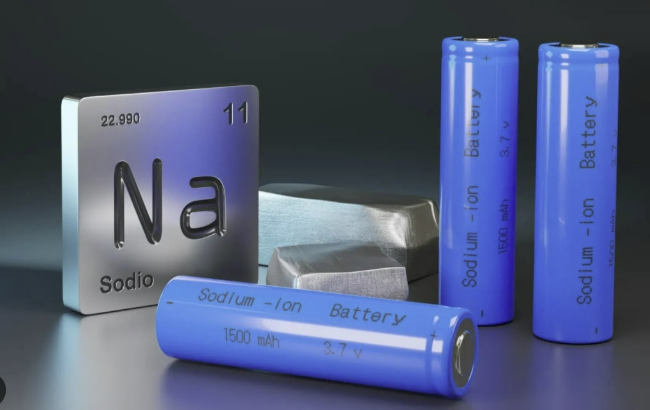Report: Levelized Cost of Energy for Lithium-Ion Batteries Is Plummeting
- Pieter B.J. Ijzerman
- 27 de mar. de 2019
- 2 min de leitura
Bloomberg New Energy Finance finds the long-term costs of multi-hour energy storage can compete with natural gas and coal in an increasing number of markets today.
JEFF ST. JOHN MARCH 26, 2019
The long-term cost of supplying grid electricity from today’s lithium-ion batteries is falling even faster than expected, making them an increasingly cost-competitive alternative to natural-gas-fired power plants across a number of key energy markets.
That’s the key finding from a Tuesday report from Bloomberg New Energy Finance on the levelized cost of energy (LCOE) — the cost of a technology delivering energy over its lifespan — for a number of key clean energy technologies worldwide.
According to its analysis of public and proprietary data from more than 7,000 projects worldwide, this benchmark LCOE for lithium-ion batteries has fallen by 35 percent, to $187 per megawatt-hour, since the first half of 2018. This precipitous decline has outpaced the continuing slide in LCOE for solar PV and onshore and offshore wind power.
Over the past year, offshore wind saw a 24 percent decline in LCOE to fall below $100 per megawatt-hour, compared to about $220 per megawatt-hour only five years ago. The benchmark LCOE for onshore wind and solar PV fell by 10 percent and 18 percent, respectively, to reach $50 and $57 per megawatt-hour for projects starting construction in early 2019.
To be sure, these generation technologies are still far cheaper than batteries in terms of their LCOEs — and that’s not mentioning the fact that they actually make electricity, rather than simply storing it for later use. To convert a battery’s storage capacity into a LCOE figure, the report models a utility-scale battery installation running daily cycles, with charging costs assumed to be at 60 percent of the wholesale base power price for the country in question.
Even so, the pace of the decline in battery LCOE, particularly for multi-hour storage applications that previous generations of lithium-ion technologies have struggled to provide, is startling, BNEF notes. Since 2012, the benchmark LCOE of lithium-ion batteries configured to supply four hours of grid power — a standard requirement for many grid services — has fallen by 74 percent, as extrapolated from historical data. In comparison, the LCOE per megawatt-hour for onshore wind, solar PV and offshore wind has fallen by 49 percent, 84 percent and 56 percent, respectively, since 2010.
In fact, the LCOE for multi-hour lithium-ion batteries is falling to the point that “batteries co-located with solar or wind projects are starting to compete, in many markets and without subsidy, with coal- and gas-fired generation for the provision of ‘dispatchable power’ that can be delivered whenever the grid needs it (as opposed to only when the wind is blowing, or the sun is shining),” the report notes.

You can read the original article here




Comentários